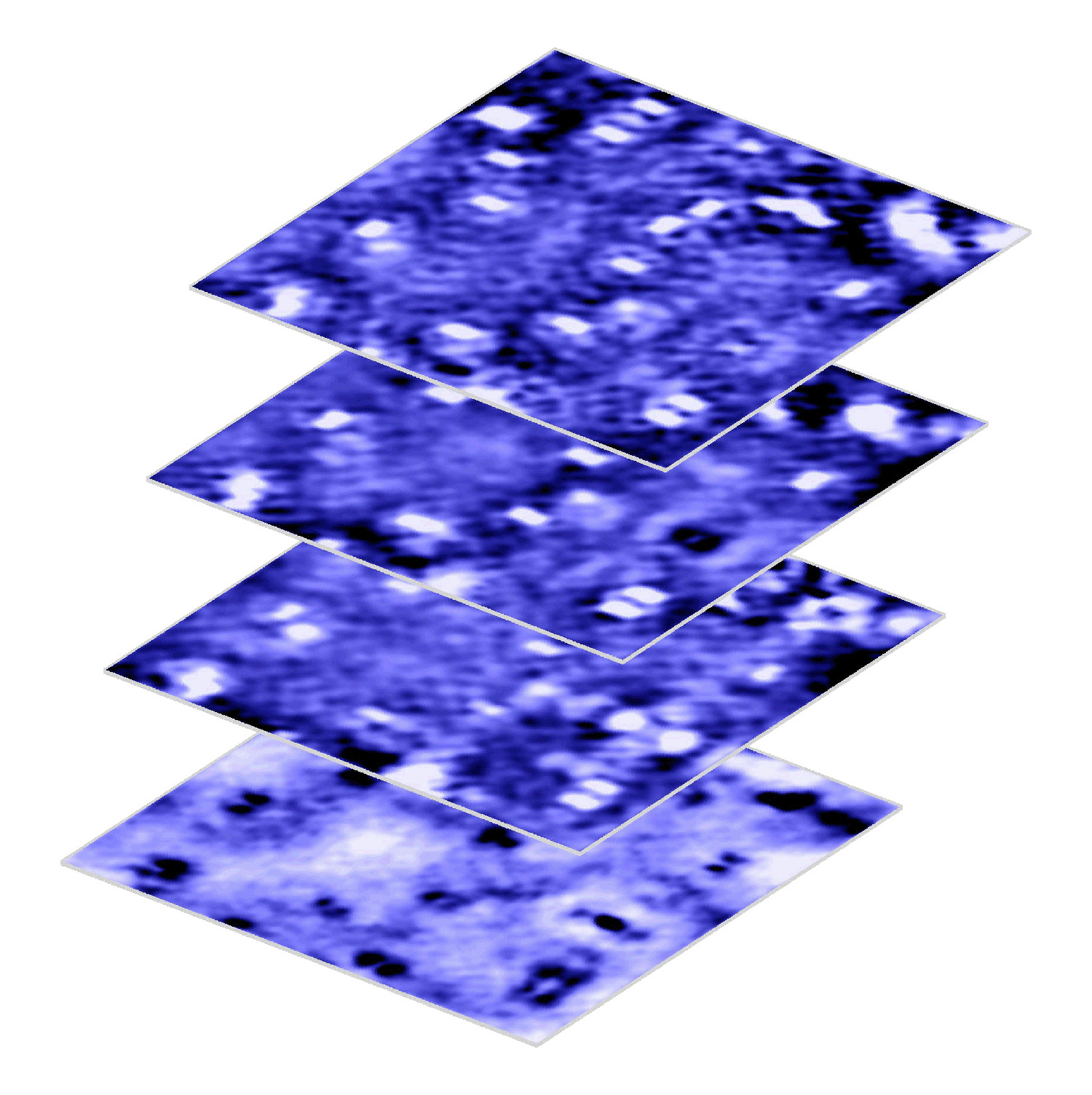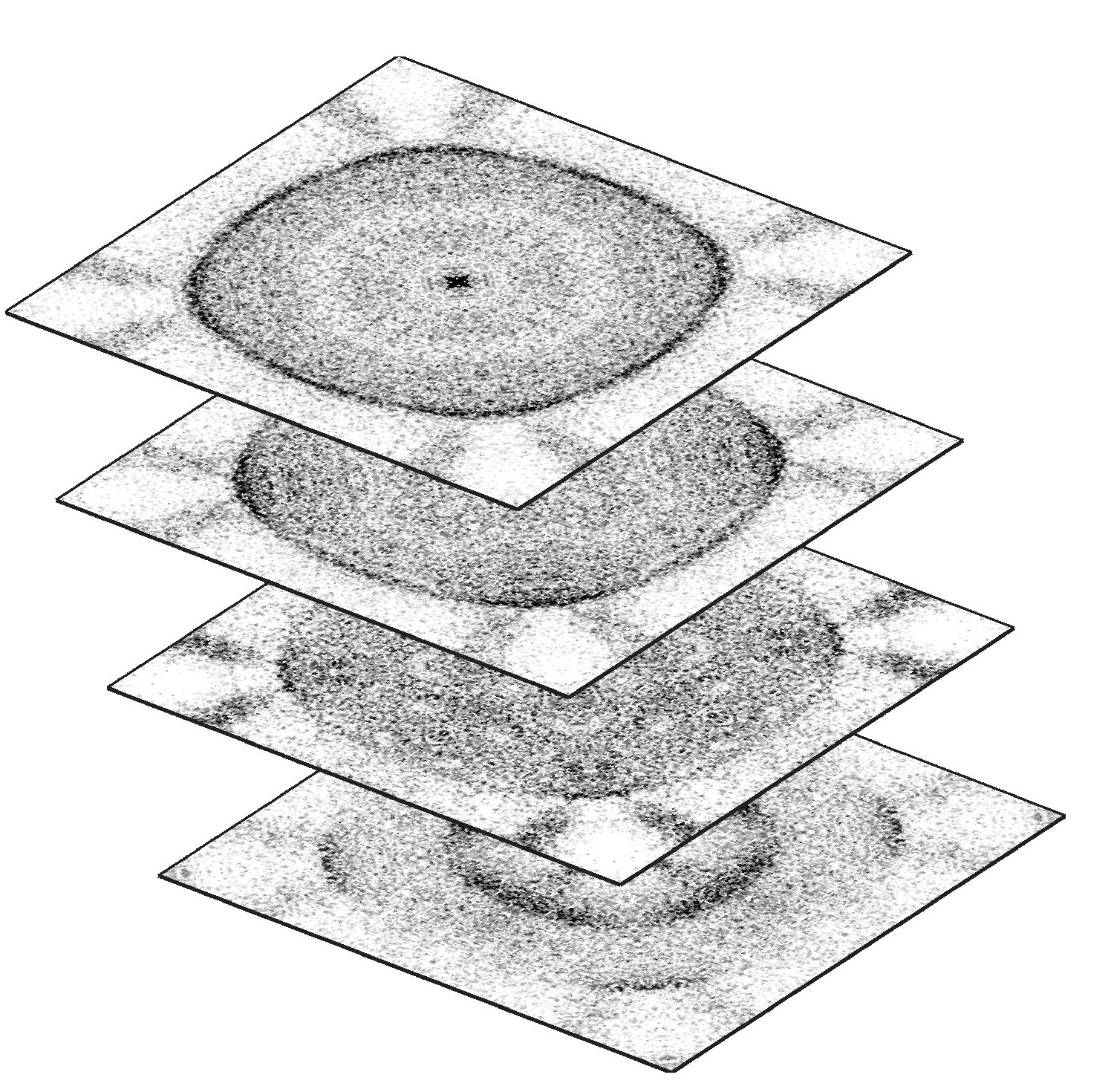Datasets
International Trade Database
Standard Industrial Classification
The Standard Industrial Classification Codes that appear in a company’s disseminated EDGAR filings indicate the company’s type of business. These codes are also used in the Division of Corporation Finance as a basis for assigning review responsibility for the company’s filings. For example, a company whose business was Metal Mining (SIC 1000) would have its filings reviewed by staffers in A/D Office 9.

NEBR Database
Files with authors or sources listed to the right of the link are available from the NBER or are otherwise associated with the NBER research program. To find other data on the web, try Resources for Economists, new economic releases, Statistical Abstracts of the United States, Google, NBER papers.
Content of Trade Agreement (Word Bank)
The dataset on the content of preferential trade agreements (PTAs) maps 52 provisions in 279 PTAs notified at WTO signed between 1958 and 2015. It also includes information about legal enforceability of each provision. The “Trade Agreements” file lists all the agreements available (279) with the coding of 52 provisions. The name and description of all variables is listed in the “read me” sheet. The “read me” sheet also explain the coding of legal enforceability. The “Bilateral Observations” file is a bilateral version of the dataset. Each observation is a country pair-year-agreement. Notice that some country-pairs appear multiple times in certain years if they have more than one agreement in force in that year. For example Angola and DRC in 2000 were in COMESA and SADC. The variables are the same as in the excel files. Important notice: The Bilateral Observations file excludes Partial Scope Agreements (PSA).

World Import and Export(Freenstra)
The Center for International Data was established in 1999 and is directed by Robert Feenstra. The center is housed at the Department of Economics at the University of California, Davis. The purpose of this center is to collect, enhance, create, and disseminate international economic data, including online and offline distribution. This web site describes all the data available to the public from the Center, with details for downloading or ordering. Some additional data on Chinese and Hong Kong trade is available to researchers at UC Davis, who are invited to contact Robert Feenstra to access it.
Content of Deep Trade Agreement (Freenstra)
The Center for International Data was established in 1999 and is directed by Robert Feenstra. The center is housed at the Department of Economics at the University of California, Davis. The purpose of this center is to collect, enhance, create, and disseminate international economic data, including online and offline distribution. This web site describes all the data available to the public from the Center, with details for downloading or ordering. Some additional data on Chinese and Hong Kong trade is available to researchers at UC Davis, who are invited to contact Robert Feenstra to access it.
Aid Data
AidData tracks $40 trillion in funding for development. Now anyone can assess who is funding what, where and to what effect. Donors and governments can maximize the impact of their investments. Citizens can hold their leaders to account for results. Making data more accessible and actionable for everyone is core to what we do. AidData conducts cutting-edge research on the targeting, coordination and evaluation of development assistance. We put these insights into practice with tools, training and lessons learned to benefit local communities.
Input-Output Database
Input-Output Tables(GTAP Database)
The centerpiece of the Global Trade Analysis Project is the GTAP Data Base, a fully documented, publicly available global data base which contains complete bilateral trade information, transport and protection linkages. The GTAP Data Base is utilized by thousands worldwide and is a key input into contemporary applied general equilibrium analysis of global economic issues. The current release, the GTAP 8 Data Base, boasts dual reference years of 2004 and 2007 as well as 129 regions for all 57 GTAP commodities.
World Input-Output Database (WIOD)
World Input-Output Tables and underlying data, covering 40 countries, and a model for the rest of the world for the period 1995-2011. Data for 35 sectors are classified according to the International Standard Industrial Classification revision 3 (ISIC Rev. 3). The tables adhere to the 1993 version of the SNA.
Industry Level Data (Randy A.Becker and Wayne B.Gray)
This database is a joint effort between the National Bureau of Economic Research (NBER) and U.S. Census Bureau’s Center for Economic Studies (CES), containing annual industry-level data from 1958-2009 on output, employment, payroll and other input costs, investment, capital stocks, TFP, and various industry-specific price indexes. Because of the change from SIC to NAICS industry definitions in 1997, the database is provided in two versions: one with 459 four-digit 1987 SIC industries and the other with 473 six-digit 1997 NAICS industries.
Politics Database
INSCR database
The Integrated Network for Societal Conflict Research (INSCR) was established to coordinate and integrate information resources produced and used by the Center for Systemic Peace. The following data resources were prepared by researchers associated with the Center for Systemic Peace and are generated and/or compiled using open source information. These resources are made available as a service to the research community. All CSP/INSCR data resources have been cross-checked with other data resources to ensure, as far as possible, that the information recorded is accurate, reliable, and comprehensive.
Polity IV: Regime Authority Characteristics and Transitions Datasets
Polity IV Project, Political Regime Characteristics and Transitions, 1800-2015, annual, cross-national, time-series and polity-case formats coding democratic and autocratic “patterns of authority” and regime changes in all independent countries with total population greater than 500,000 in 2015 (167 countries in 2015)
State Fragility Index and Matrix
State Fragility Index and Matrix 2015. This document provides the State Fragility Indices and the eight component indicators for the most recent year available for 167 countries with populations greater than 500,000 in 2015. It also includes detailed technical notes describing each of the indicators and indices in the matrix and the information sources used. The year 2013 State Fragility Matrix is featured in Global Report 2014. A copy of Global Report 2014 is available below on the left and at the top of this page.
Conflict in India Datasets
Center for Systemic Peace, India Sub-National Problem Set, 1960-2004, compiles events data drawn from representative news accounts of violent conflicts in India to identify and delineate spatial, temporal, and intensity parameters of societal conflict processes
The International Disasters database
EM-DAT contains essential core data on the occurrence and effects of over 22,000 mass disasters in the world from 1900 to the present day. The database is compiled from various sources, including UN agencies, non-governmental organisations, insurance companies, research institutes and press agencies.
Correlates of War database
COW seeks to facilitate the collection, dissemination, and use of accurate and reliable quantitative data in international relations. Key principles of the project include a commitment to standard scientific principles of replication, data reliability, documentation, review, and the transparency of data collection procedures. More specifically, we are committed to the free public release of data sets to the research community, to release data in a timely manner after data collection is completed, to provide version numbers for data set and replication tracking, to provide appropriate dataset documentation, and to attempt to update, document, and distribute follow-on versions of datasets where possible. We intend to use our website as the center of our data distribution efforts, to serve as central site for collection of possible error information and questions, to provide a forum for interaction with users of Correlates of War data, and as a way for the international relations community to contribute to the continuing development of the project.
Database of Political Institutions (World Bank)
The World Bank Database of Political Institutions provides comparative indicators of electoral results, legislature, cabinet and political ideology. The dataset is part of the World Bank and covers 172 countries for the period 1975-2012.
UNGA Voting Dataset
This is a dataset of roll-call votes in the UN General Assembly 1946-2015. It also contains Affinity of Nations scores and ideal point estimates derived from these votes. The Bailey, Strezhnev, and Voeten paper cited below explains why ideal point estimates rather than Affinity scores should be used. Please consult the codebooks for more detailed information. Latest update corrects some errors in raw votes for the 69th session (thanks to Stela Rubinova for pointing these out). Please check back frequently for updates on the ideal point estimates as we are performing some sensitivity tests.